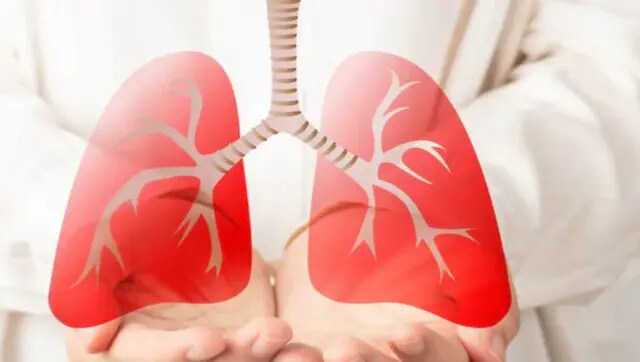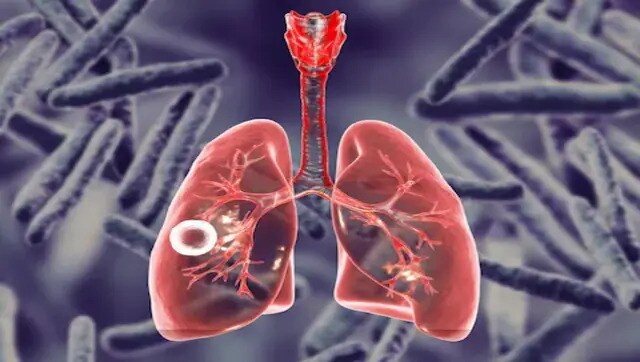World Pneumonia Day: History, significance and key facts about disease
Pneumonia can be prevented with the help of adequate nutrition, immunisation, and by addressing environmental factors

Representational image. News18
On 12 November, World Pneumonia Day is observed to raise awareness about the complications and issues regarding the disease. According to the official website of “Stop Pneumonia”, children living in areas with rising malnutrition, food shortages, and decreasing vaccination rates, and in homes that utilise polluting fuels for cooking and heating, are particularly vulnerable to pneumonia. As per the World Health Organization (WHO), children and families are affected by pneumonia everywhere, but fatalities due to it are highest in South Asia and sub-Saharan Africa. The United Nations International Children’s Emergency Fund (UNICEF) has warned that there will be an explosion in the deaths of children if urgent action is not taken with regard to the spread of the disease.
History
World Pneumonia Day was created in 2009 by the Global Coalition Against Child Pneumonia. The aim was to make the public aware about the severity of pneumonia and to bring the attention of governments around the world to this disease. The day was marked with the general motto “Healthy Lungs for All” and this has been maintained throughout the years. In 2013, the International Vaccine Access Centre (IVAC) put out the first Pneumonia and Diarrhoea Progress Report.
Significance
The combined effects of climate change, the COVID-19 pandemic, and conflict is fuelling a pneumonia crisis, which is placing millions more at risk of infection. In this scenario, better awareness about pneumonia medication and care is needed.
Key facts about pneumonia
Here are some important facts about pneumonia that you need to know:
- Pneumonia can be prevented with the help of adequate nutrition, immunisation, and by addressing environmental factors.
- Pneumonia was responsible for 14 per cent of all deaths of children under the age of 5 years in 2019, killing 740,180 kids, as per the WHO.
- The disease can be caused by bacteria, fungi or viruses.
- Pneumonia caused by bacteria can be treated with the help of antibiotics. However, only one-third of children with pneumonia receive the antibiotics they require.
- A number of countries such as India, Bangladesh, Kenya, Uganda and Zambia have developed district, state and national plans for intensifying actions to control pneumonia and diarrhoea.
Read all the Latest News, Trending News, Cricket News, Bollywood News,
India News and Entertainment News here. Follow us on Facebook, Twitter and Instagram.
also read

US midterm elections: The first Indian-American lieutenant governor and several other historic firsts
Hyderabad-born Anita Miller scripted history in the US midterms by winning the Maryland race for lieutenant governor. She, however, isn’t alone in changing record books — the US also voted its first openly lesbian governor, a Gen Z member of Congress and a woman governor

The 108-feet Nadaprabhu Kempegowda statue inaugurated by PM Modi: Why the Bengaluru founder matters even today
Prime Minister Narendra Modi unveiled a 108-ft-tall statue dedicated to Nadaprabhu Hiriya Kempegowda, a 16th century chieftain of the Vijayanagara empire. He is credited to be the founder of Bengaluru and is considered very important to the Vokkaliga community in Karnataka

21.4 lakh new TB cases reported in India in 2021, 18% higher than previous year: WHO report
While the COVID-19 pandemic impacted TB programmes across the world, India was able to successfully offset the disruptions through the introduction of critical interventions in 2020 and 2021, which led to the National TB Elimination Programme notifying over 21.4 lakh TB cases
